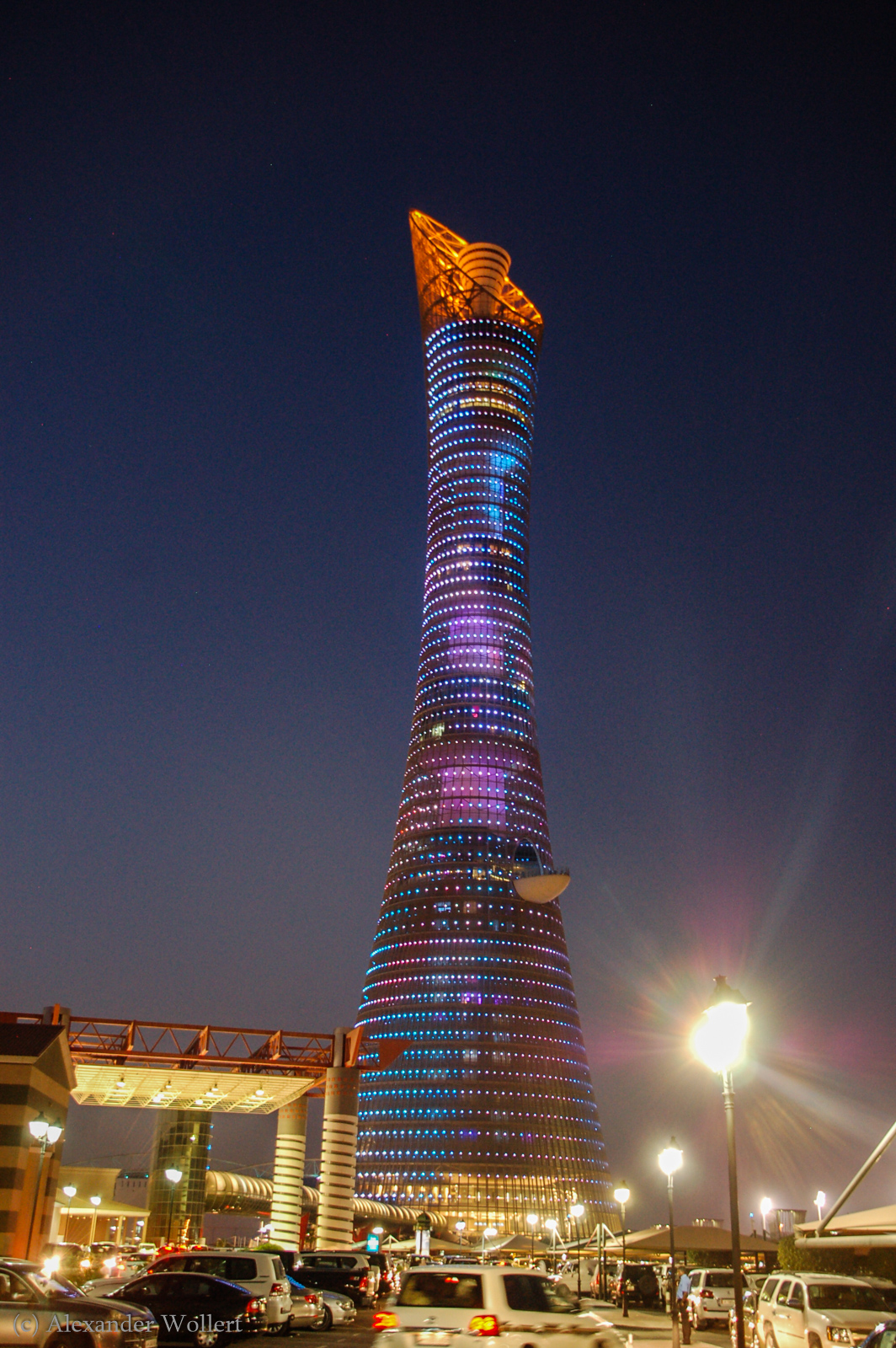Very early in the morning, after Michael, my friend from Berlin, and I finished our trip to South Korea, our plane reaches Doha airport. It’s 6 a.m. and nothing is happening in the building. For 25 US dollars we are allowed to enter the country. We want to get an impression of Qatar while we are passing through here.
We leave the airport and ask a taxi driver to drive us into the city. He wants fifty bucks and we send him to the desert. Mainly because we notice on the map that the city is just around the corner. We’re marching. The temperature is pleasant and the sun is shining. What a surprise.




We are immediately impressed by the sight of the harbor with the old wooden ships against the backdrop of the skyline of the heart of modern Doha.
We march along the waterfront and stop at the Museum of Islamic Art and the Islamic Cultural Center of Abdullah Bin Zaid Al Mahmoud (Fanar). I wonder if there are also Islamic ice cream parlors here.
Since it’s still so early, the cafes aren’t open yet. No one is on the street, let alone a sidewalk. It feels like we’ve been dropped off on a desert island.




Our attention is drawn to the Souq Waqif, which is said to be Doha’s largest traditional market and is home to coffee. And sure enough, we find a café where they brew us fresh, hot espresso while the chairs are lowered from the tables and we can watch people gradually appearing around the bazaar. Life in Qatar is awakening with the sun slowly getting unbearably hot at 10am outside.
After a short caffeinated refreshment we explore the souq. Some shopkeepers seem to be morning grouches and the doors of their shops are still locked. Other traders, however, advertise carpets, pots, pictures, shisha tobacco or wild animals in cages.
The traders do not aggressively try to lure us into their shops with the promise of fresh tea, but rather watch us with disinterest. From this I conclude that Western tourists are rather rare here and the target group is probably made up of rich citizens of Doha.
I am talking to a dealer. He doesn’t seem to be stressed, other customers are probably still asleep and we’re chatting. I’m curious to meet a resident of Qatar. But I am disappointed in that regard. The nice young man tells me that he is from India. Even if he doesn’t seem particularly challenged now, he tells me that the working conditions are tough and the wages are ridiculously low.










In the “Deja Vu” café we are waiting for a young woman whom I approached in Couchsurfing and who agreed to show us something of Doha. We sip our next espresso in the shadow of the building. Behind the shadow the planet is already boiling at 40°C.
We watch men in white burnoos walking down the streets, followed by their wives in black burqas. It’s not a pretty picture.
Finally, Roxana comes and welcomes us. She is an expat from the Philippines and works in a hotel here. Such a job would not be possible for a woman from Qatar.


Roxana also tells us that the salary is actually low and that she doesn’t want to live here much longer. But at the moment she has no alternative in sight. But she has an air-conditioned company car in which she drives us through the city and shows us what can be seen here.
We learn that life takes place within walls and with a working air conditioning system. Nobody who still has all the chestnuts together goes out and does anything outdoors. A favorite pastime of Qatari residents is visiting shopping malls. And since these are so well visited, a great deal has been done to make these buildings attractive.
We witness how an entire Venetian district was recreated in a shopping center and how gondoliers transport their guests on the narrow boats on the canals between the streets. The shops on the ground floor have all kinds of shops you can imagine.
It even has its own amusement park with carousels and rollercoasters and supposedly its own ski slope in another shopping center.
We leave commercial hell and go for a drink. Since there are no bars and officially no alcohol serving, at least the expats, i.e. the country’s foreign workers, retire to hotels that have bars and a decent alcoholic inventory.



As soon as night falls, all hell breaks loose on the streets. Now I understand why nobody is up at 10 a.m., because the country lives in the dark.
We got an interesting impression from Roxana. As we drive through the illuminated skyline, I think about the country. It seems desolate to me not to get some fresh air.
Unfortunately, I did not get a chance to meet Qatari residents, so when I left the country, I was left with only the impression of a facade that advertises Arab hospitality, but a society that exploits its migrant workers and women and leaves them without a chance.
